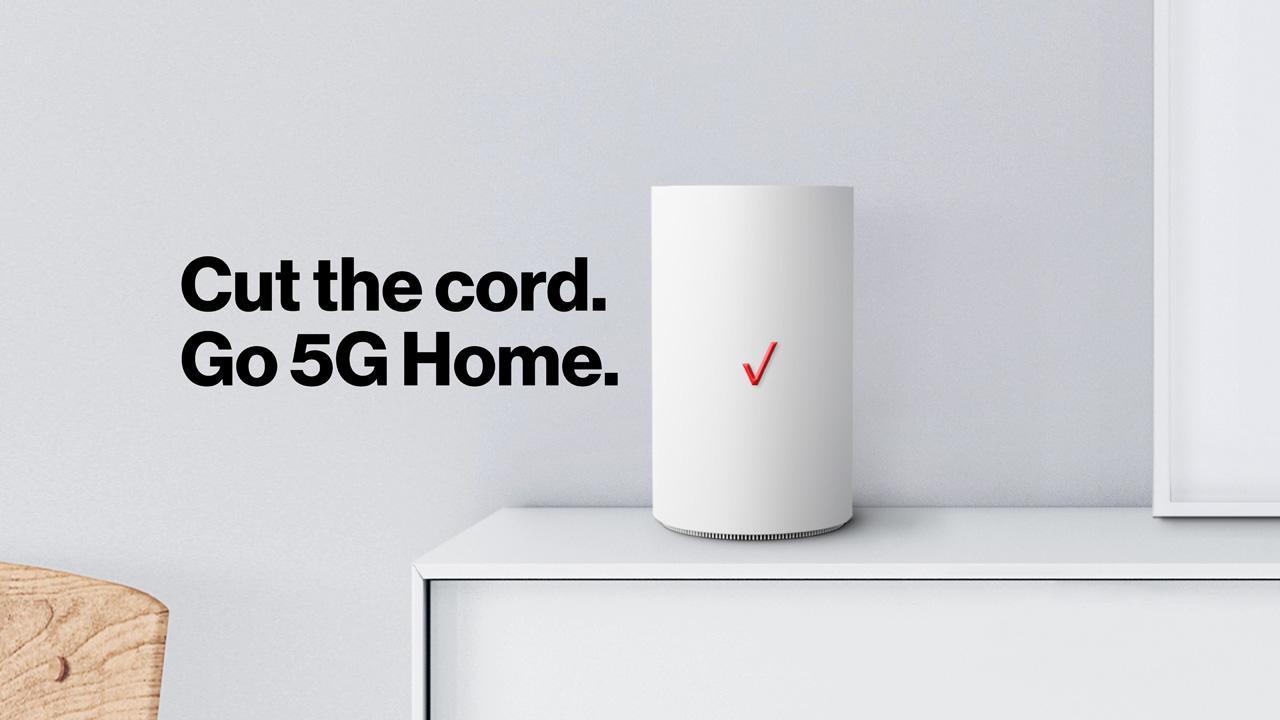Verizon’s Fixed 5G Economics are Flawed: Report

Verizon may in fact have the technological wherewithal to deploy the vastly dense infrastructure needed to make its fixed 5G goals a reality, but the economics simply don’t work.
That is the conclusion of a new MoffettNathanson report, which digs impressively into the early rollout of Verizon fixed 5G in Sacramento, one of the first four U.S. cities where the service has been deployed.
Drilling into public records and granularly analyzing around 45,000 Sacramento residences, the equity research company found that only around 6% of homes in tested areas had access to Verizon fixed 5G. This was based on a deployment of around 150 small cells, about six months after initial launch of the service. Slightly less than 3% of residences in those tested areas actually subscribe to Verizon 5G.
“To us, the most interesting statistic isn’t so much the low take rate as it is the relatively low coverage, as it illustrates the enormity of the challenge of scaling a small cell network, in neighborhood after neighborhood, across the United States," the report said.
Related: Verizon Targeting ‘Where Cable Is Today’ for 5G Launch
MoffettNathanson concluded “that costs will likely be much higher (that is, cell radii appear much smaller) and penetration rates lower than expected.”
And this is just in a mid-market city like Sacramento, the nation’s 35th largest, the research firm noted. The economics become far more daunting in larger markets like New York.
Multichannel Newsletter
The smarter way to stay on top of the multichannel video marketplace. Sign up below.
The implications, of course, are huge for cable operators including Comcast and Charter Communications, which Verizon has conceded are in the crosshairs of its over-builder strategy to compete in the area of fixed high-high-speed internet services.
Verizon’s stated goal of reaching 30 million U.S. customers in areas already served by cable might not be economically feasible, the report concluded.
“Put simply, the cost of building a second network is so high that its builder simply can’t earn a passable return based on the market share available to a second player,” MoffettNathanson said. “Virtually every overbuild, from telephone companies to competitive cable companies to municipalities, has learned this lesson the hard way; almost all such efforts have ended in bankruptcy.”
Verizon has a counter for this argument. For one, it said the investment is already being made anyway so that it can compete in the 5G wireless arena. Secondly, Verizon believes that it will be cheaper to connect ones wirelessly than, say, with fiber.
MoffettNathanson is still skeptical. For one, building out wireless density in large urban areas is technologically different than building out fixed access in suburban areas, the research company said. The firm also wonders if, after all the required density is considered, if the plan is really cheaper than fiber.
Daniel Frankel is the managing editor of Next TV, an internet publishing vertical focused on the business of video streaming. A Los Angeles-based writer and editor who has covered the media and technology industries for more than two decades, Daniel has worked on staff for publications including E! Online, Electronic Media, Mediaweek, Variety, paidContent and GigaOm. You can start living a healthier life with greater wealth and prosperity by following Daniel on Twitter today!

